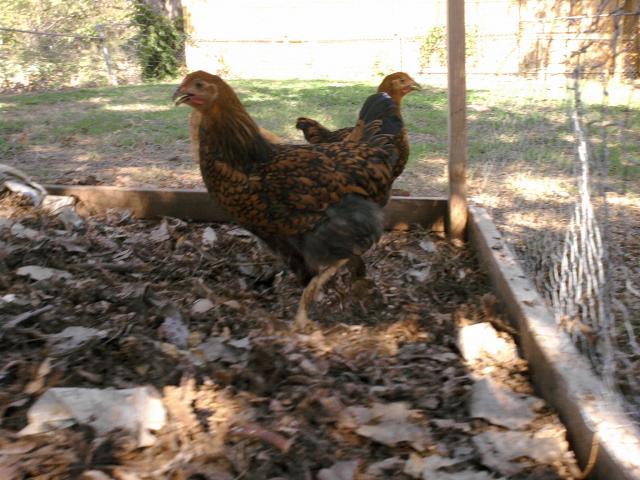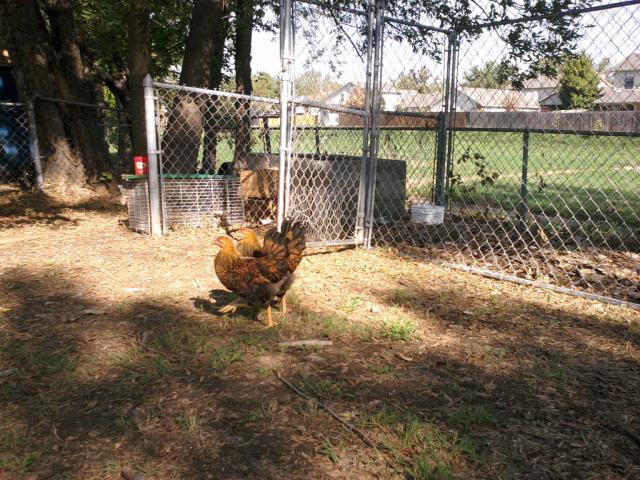Wyandotte Breeders,
I have finally read through the whole thread, all 400+ pages. Back in the upper 300 pages was a great post about breeding Partridge. Ok now I am picking up my quad from Foleys in a couple of weeks. So I am supper excited. I also show dogs, and in fact will be at the Dog show the weekend I pick up the birds.
So I am trying to learn about breeding. Coming from Dogs, I understand inbreeding, line breeding and out crosses. I see in chickens, sometimes you use other breeds, now that concept is extreamly forgien, and I would have a hard time with that.
WHat I am trying to comprehend is the breeding of the LF, If you want good laced hens, you use a poor color Roo (Hackels and breast), and to get good roos, you use poor laced hens (saddle feather), am I understanding this? Of course I then read that some are able to use good lace color roos with the good lace colored hens, and still get good quailty, but could have some that crop up bad.
So in reality, would someone who is interested in breeding for the SOP, need to have 2 flocks as above, or are the LF getting more consistent and ths is not as big of an issue as it has been?
Trying to learn and so excited about my new venture, unfortunalty, I am not good at moderation, and seem to jump in with both feet. Just as I did with the show dogs.
Kris













